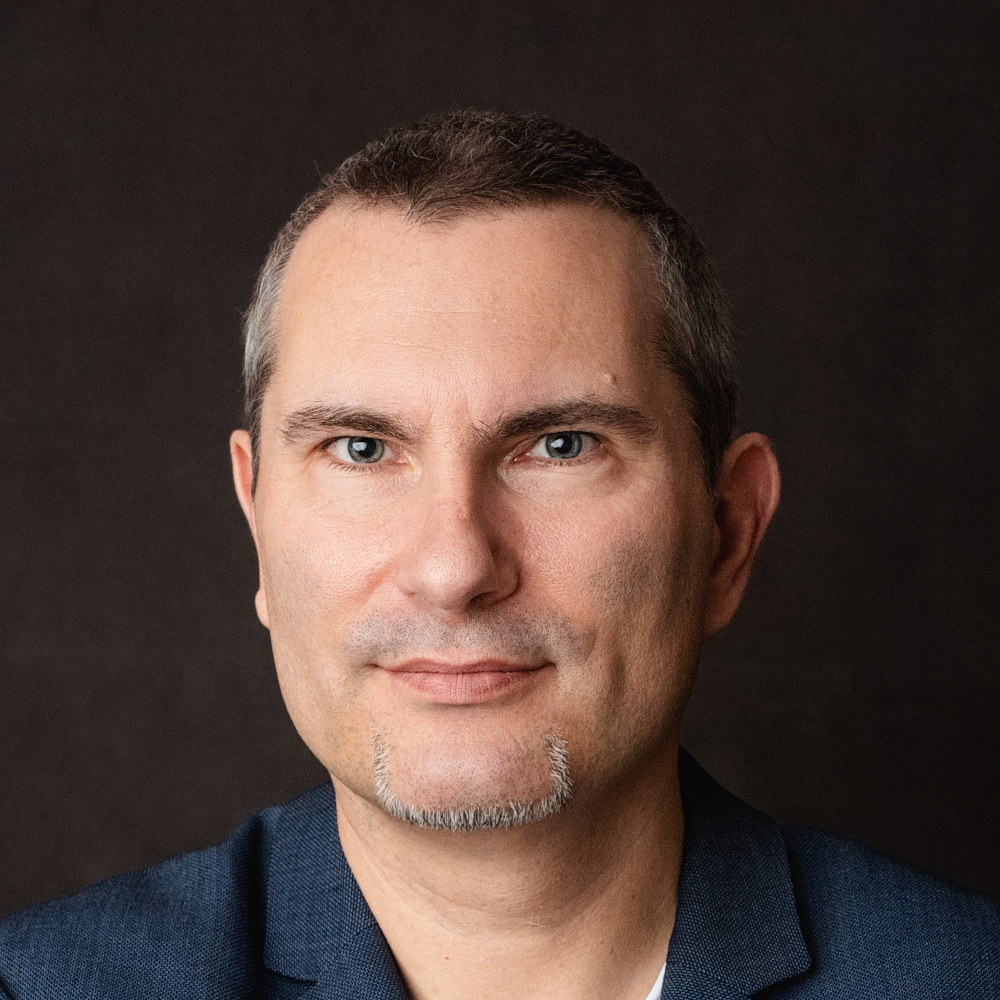Every year, over 1,000 people from all over the world meet in Berlin to discuss sustainability and the future of the planet. What happens there?
What are over 1,000 live participants from all over the world and over 1,000 online participants (politicians, scientists, NGOs and a few business types like me) doing in Berlin for two days? They talk about how to save the world. The annual “Global Solutions Summit” does not make this claim. It is, as one of the participants at the coffee table put it, “the Davos for ESG”.
I had already received an invitation last year, but unfortunately didn’t have time. Now I didn’t want to miss the opportunity to get up close and personal with Bill Gates, Robert Habeck, Olaf Scholz and Margarete Vestager. Of course you don’t get to meet these celebrities in person, but it’s interesting to see them live. You simply get a more complete impression of the person than if you only see them on a screen.
What impressed me on the one hand was the setting. ESMT Berlin is housed in the former GDR State Council building, a spacious, imposing building in which many original features have been preserved: the cherry wood paneling from the 1960s, the murals made of Meissen porcelain with typical GDR art motifs, a huge glass picture spanning two floors. It is an irony of history that the former epicenter of German socialism is now home to a capitalist university.
On the other hand, I was quite disappointed with the structure of the sessions. You have to imagine it like this: In a session, about forty to seventy people sat in a kind of lecture hall: the audience on the outside, the actors (usually four to five) on the inside. Each participant – at least in the sessions I attended – usually had about five minutes to give their view on the topic, sometimes in poorly understandable English and with bad slides.
But that wasn’t the main problem. This consisted of the fact that no solutions were produced anywhere, as was repeatedly emphasized like a mantra over the two days. The inner session circle exchanged statements, then there was time for one or two questions, and that was it. I found that highly unsatisfactory. There were some real super brains like neuropsychologist Tanja Singer in the room, plus people who had literally been flown in from all over the world – and you don’t even get to develop any new ideas.
It could have been done much better with interactive Wokrshop formats such as Liberating Structures. But apparently such tools are still too unknown – which is a real shame. As a process facilitator, I sat in many sessions over the two days and thought to myself: What a shame, what a wasted opportunity!
During the coffee breaks, I then checked in with other participants, and some of them felt the same way. I then submitted feedback to the organizers; let’s see if they also incorporate interactive formats. It would be desirable for the Summit. The goal and the group of participants are great, but results-oriented work looks different in my opinion.
Do we need formats like the Global Solutions Summit? Absolutely. Will I go again next year? Rather not. My anger about missed learning opportunities would probably dampen the fascination of the location and the participants too much.
About me

Markus Väth is an occupational psychologist and initiator of Radical Working. He is considered one of the leading minds for New Work and has been supporting organizations on leadership, culture and collaboration for over fifteen years. He is also a lecturer at the Nuremberg Institute of Technology.
He has documented his ideas and experiences in six books and 70+ articles and interviews, including for ARD and RTL. He is a columnist for CAPITAL and host of the podcast “Der Radikale Salon”.